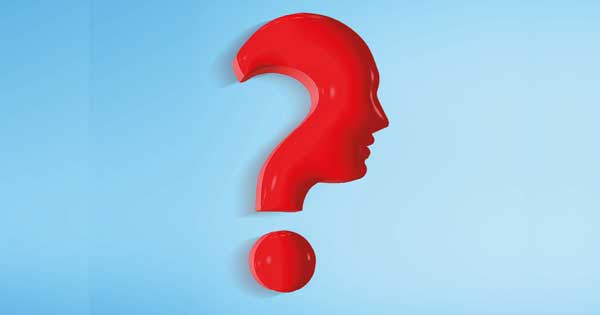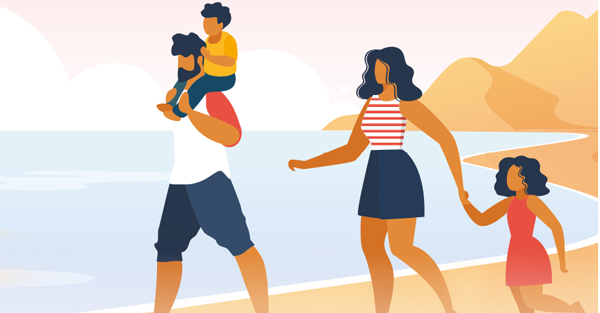Q: What’s the purpose of dance?
A: Dance is much more than mere entertainment. It interweaves the cerebral, physical and emotional, and is a means of thinking and en-gaging with complex ideas.
While entertainment is the primary motive in the commercial world of dance, as an intellectual kinaesthetic it dives into the unknown us-ing inherent connections to delve deeper into new ways of reflecting on the world.
This goes beyond physical capacity, and enables us to think critically as well as take action with our bodies. Dance engages both the per-formers and audience at an intellectual level while also providing entertainment.
Q: So what’s the difference between theatrical and participatory dance?
A: Theatrical or concert dance is a performance – often on stage or in a theatrical setting. Participatory dance is primarily a means of social interaction and in-volves the exercise of participants rather than dancing for an audience.
Q: And what’s the difference between therapeutic dance and dance therapy?
A: Dance is therapeutic for many people as it’s a way of letting go and expressing yourself, boosting your state of mind and reducing anxie-ty.
On the other hand, dance or movement therapy is a licensed field that uses movement to help individuals achieve emotional, cognitive, physical and social integration.
It also helps treat the likes of depression, dementia, autism, cardiovascular disease, insecurities, self-image issues etc. While any---one can dance, not everyone can teach or practise dance therapy.
Q: What does ‘somatics in dance’ entail?
A: Somatics focusses on a dancer’s internal sensation through deeper understanding of touch, experiential anatomy and the nervous sys-tem.
It helps dancers enhance their kinaesthetic awareness and use sensory awareness to think about movement range to uncover the poten-tial for new mobility or ways of moving.
Q: Could you tell us about dance education and pedagogy?
A: Dance education is the transfer of technical skills and knowledge of dance, through teaching and training.
Pedagogy is the study of how dance education is imparted in an educational context. It considers the interactions that take place in learn-ing – a two-way street where both teacher and student are learning from, with and alongside each other.
I employ a decolonised pedagogy to broaden, challenge and critically reflect with my students, to see where it would take us individually and collectively.










